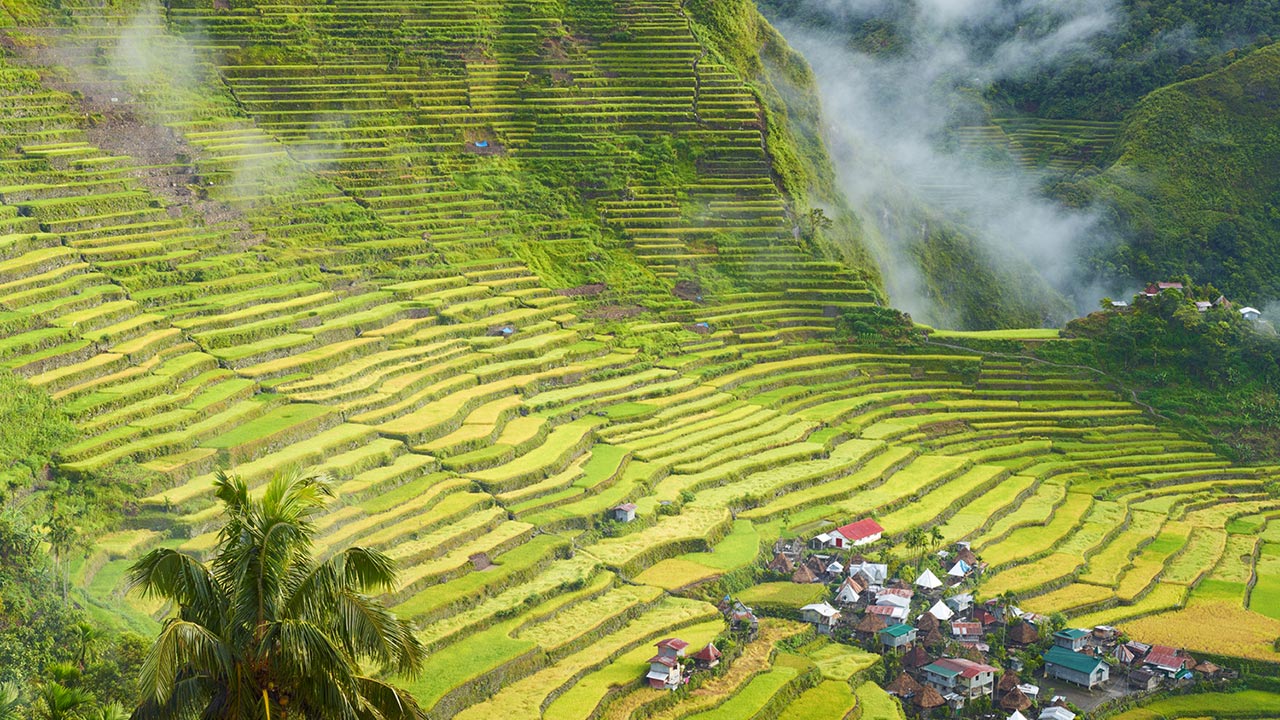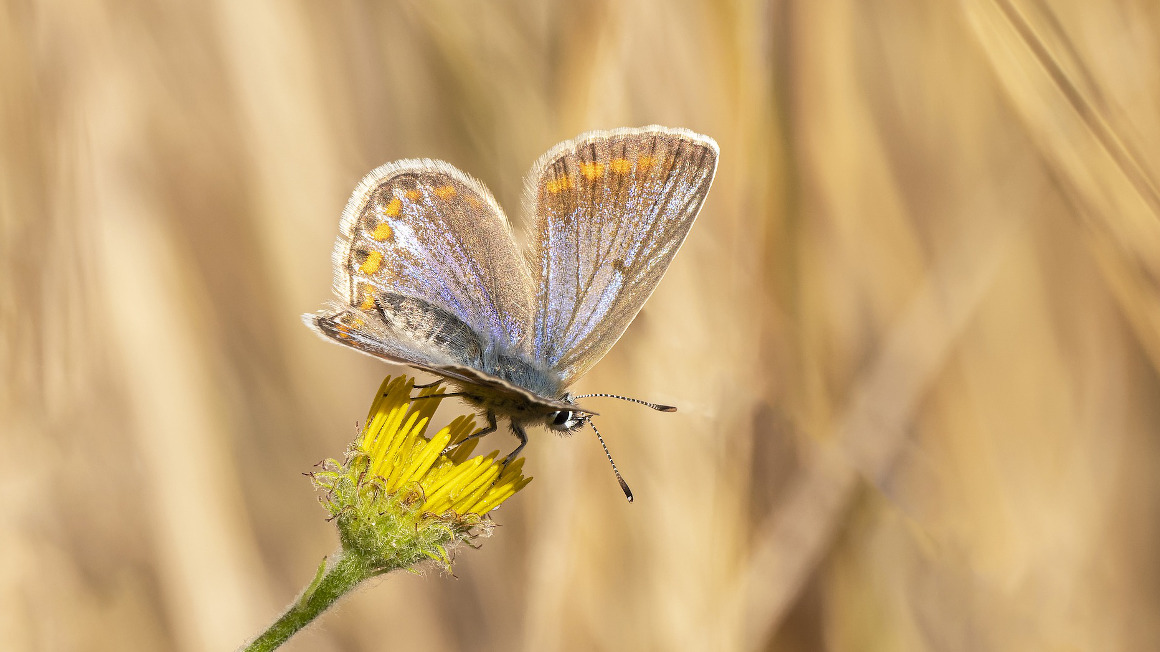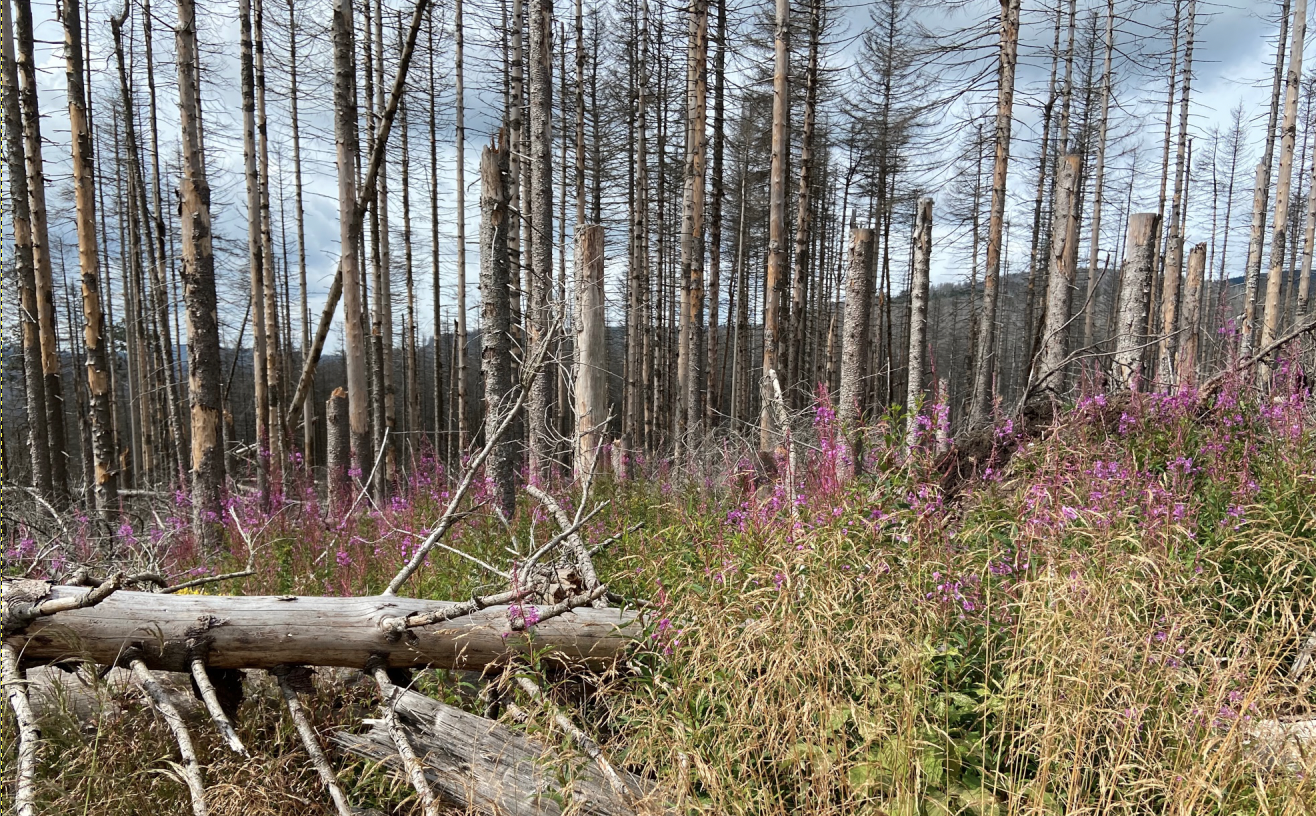Protecting species often equals protecting the climate
Two-thirds of the biodiversity targets the United Nations plans to adopt this fall also slow global warming.

Climate change and species extinction are considered the two greatest global crises of our time. An international study published in the journal "Global Change Biology" shows that both problems can often be combated with the same measures. In the study, experts show that 14 of the 21 species protection targets that the United Nations is expected to adopt at the UN Conference on Biological Diversity in Kunming in the fall of 2022 will also greatly slow down global warming.
Healthy ecosystems are the only way to help protect the climate
Climate and species protection should be thought of together, recommends Hans-Otto Pörtner, co-author of the study and climate researcher at the Alfred Wegener Institute (AWI): "The climate problem is now understood. However, the biodiversity problem is treated as a completely separate problem - especially when it comes to possible solutions." In addition, there is the risk that nature is seen as a means of solving the climate problem, which is very problematic: "The ability of ecosystems to slow climate change is overestimated, and furthermore, climate change is harming that ability." Only if we manage to drastically reduce emissions from fossil fuels can nature help us stabilize the climate.
Among the double-impact targets, for example, is the intention to restore one-fifth of all degraded ecosystems. Via the biomass in these, a lot of carbon would be bound, which would otherwise heat up the atmosphere as carbon dioxide. Similarly, if forests were not cut down for species conservation reasons, the CO2 stored in them would not be released. And more green spaces and water areas in cities also revitalize biodiversity on the one hand, and strengthen both climate protection and adaptability to climate change on the other.
Great potential, but also conflicting goals
In twelve case studies, the study shows how climate protection and species conservation can go hand in hand in different regions of the world. However, the experts also cite examples where there are conflicting goals. This applies, for example, to the goal of preserving Europe's cultural landscapes. Even if the widespread agricultural areas are used sustainably and in a species-friendly manner, they can contribute far less to climate protection than heavily forested landscapes.
"There is a consensus that we must stop climate change, but this must not be at the expense of nature. That's why we have to find methods of slowing down climate change and implementing adaptation measures without losing biodiversity," summarizes Josef Settele of the Helmholtz Centre for Environmental Research UFZ. This is often only possible through compromises. The report prepared jointly by the Intergovernmental Panel on Climate Change and the World Biodiversity Council in June 2021 provides a good basis for this. In it, the experts compiled current knowledge on biodiversity and climate change and defined and prioritized options for action.
bl


